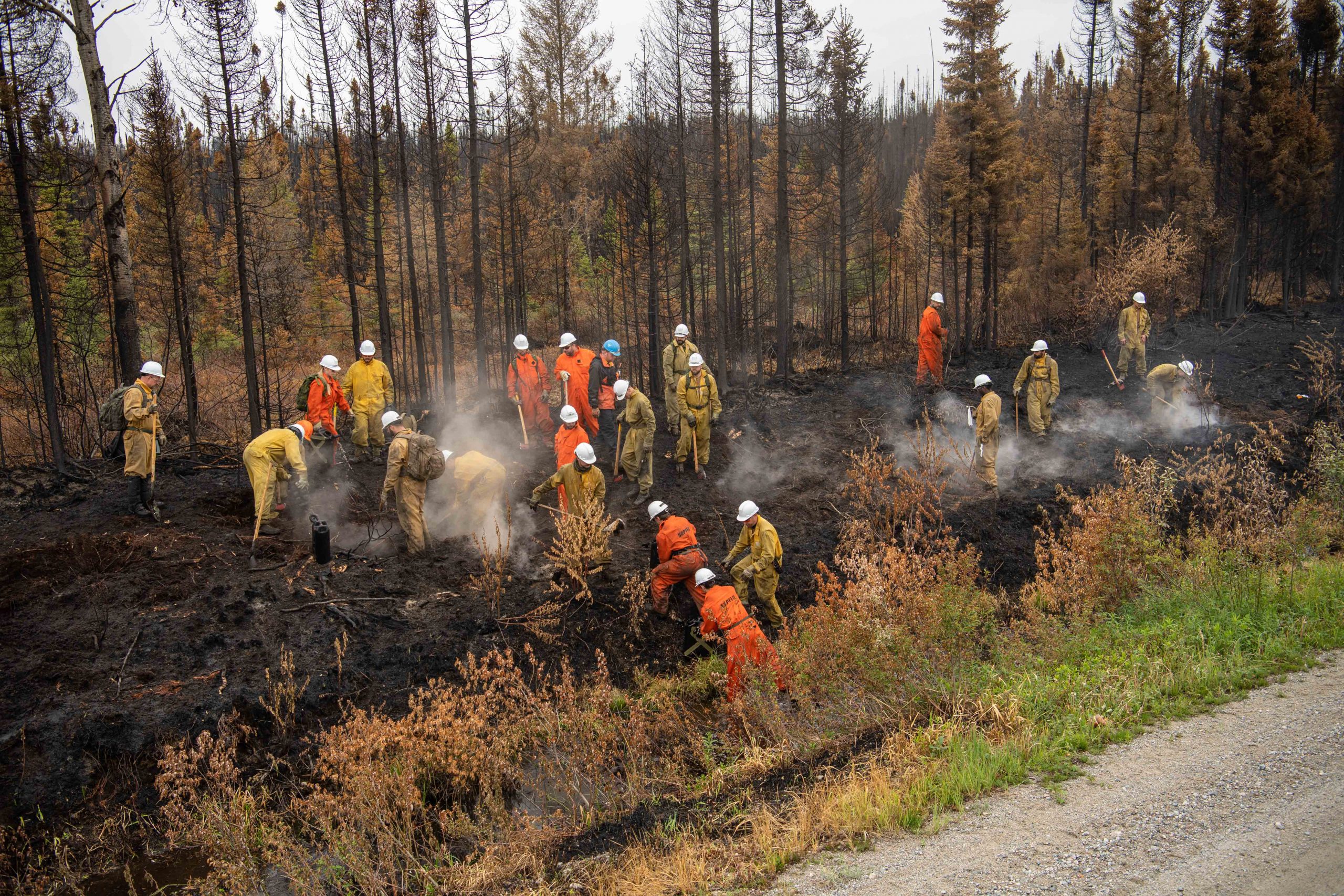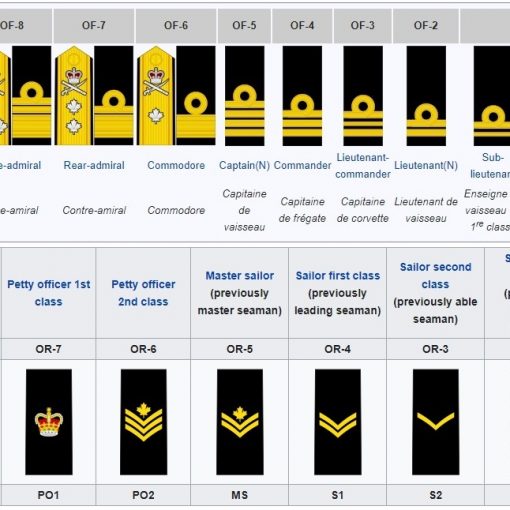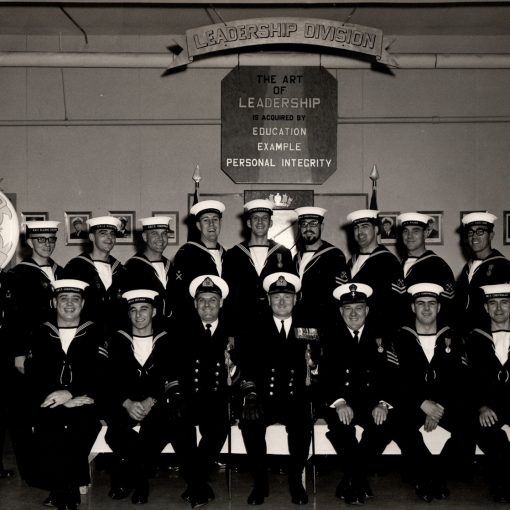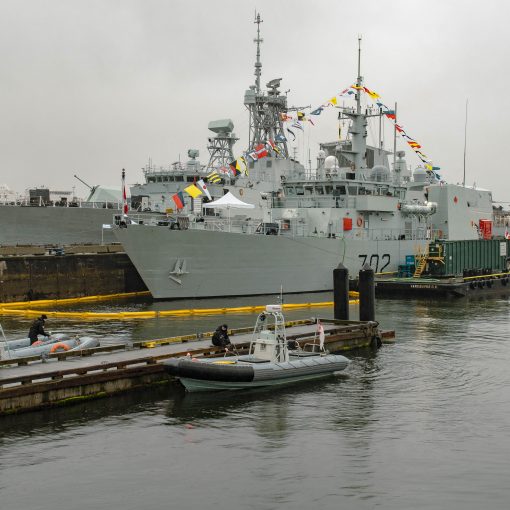By Roger Cyr, OMM, CD, 18 July 2023
Aid to the civil power is the calling out of military troops by the civil authorities to help maintain or restore public order. It should not be confused with martial law (military takeover of government) or the War Measures Act (restrictions of civil liberties imposed by Parliament in times of emergency). It is now considered part of Internal Security Operations. It is an actual mission of the Canadian Armed Forces.
As of 21 June 2023, forest fires were burning out of control across in many areas of Canada. As of this date, there were 78 uncontrolled fires, 83 being held, and 122 controlled.1 To date there have been 6 million hectares burned and it is still early in the forest fire season. It is 15 times more than the past yearly averages, which was 400,000 hectares per year. The provinces were simply not able to cope with the devasting being produced by the fires which were threatening cities and villages. There were mass evacuations of towns that were facing the likelihood of being consumed by the fires. The provincial agencies responsible for putting out the fires have not been able to cope given the large number of fires. And, from the fires has come toxic smog that propagated across Canada, the northern USA, and even as far as Europe, making breathing hazardous.
Although forest fires are not uncommon at this time of year, this was a significantly more severe start to fire season than usual. The provinces being overwhelmed by the fires, have asked the federal government for help from Canadian Armed Forces (CAF) personnel.
In response, military personnel have been deployed in some of the provinces to help fight the raging wildfires. Although the troops have helped out as best they could, they were certainly not prepared to carry out this function. They nonetheless have worked alongside the civilian crews employed by the provinces and have been very helpful.
Even though there were significant number of army troops deployed to fight the fires, given the large number and intensity of the fires, the provinces asked for additional assistance from a number of countries. It should be noted that Canada has agreements to share firefighters with the USA, Australia, New Zealand, Mexico and Costa Rica. Hundreds of fire fighters and other experts arrived in Canada from these countries to help with the fires.
French President Emmanuel Macron also readily agreed to send firefighters to Quebec to assist, and hundreds were deployed to Quebec. It is interesting to note that these were actual soldiers and sailors that are serving in the French armed forces as firefighters.2 The fire service in France is organised into local civilian fire services across the country, with two unusual exceptions; the Paris Fire Brigade, which is part of the army’s engineering corps; and the Marseilles Naval Fire Battalion which is navy. These are military units that are part of France’s military establishment and structure. The rest of France has civilian fire services organized, supervised and trained by the French Ministry of the Interior.
Unlike France, the firefighters in Canadian provinces and cities are not part of the armed forces. However, in Canada, the defence policy outlines eight core missions which the CAF must be capable of performing. Hence, there must be assurance that the CAF have the capabilities, equipment and personnel to perform these missions. The core missions are:
• Detect, deter and defend against threats to or attacks on Canada;
• Detect, deter and defend against threats to or the attack on North America in partnership with the United States;
• Lead and/or contribute forces to NATO and coalition efforts to deter and defeat adversaries;
• Lead and/or contribute to international peace operations and stabilization missions with the United Nations, NATO;
• Engage in capacity building to support the security of other nations;
• Provide assistance to civil authorities and law enforcement, including counter-terrorism;
• Conduct search and rescue operations, and finally,
• Provide assistance to civil authorities and non-governmental partners in responding to international and domestic disasters or major emergencies.3
One of the missions of the CAF is to provide assistance to civil authorities for such situations as fires and floods. The military should be able and ready to provide help in any event of major disasters occurring in Canada. Given the situation this summer, the armed forces should re-organize to be able to provide assistance with any domestic disasters, and especially with forest fires and major floods. There is a critical need in this regard.
The Primary Reserve component of the CAF is ideally suited to undertake this role. The reservists consist of sailors, soldiers, and aviators who may augment or operate alongside their regular force counterparts. Each reserve force is operationally and administratively responsible to its corresponding environmental command; those being the navy, army and air force. Primary reservists number approximately 28,500 personnel.
The reservists should be tasked and trained to carry out this mission of providing assistance to civil authorities. First and foremost, there should be a plan developed to make this mission the primary role of the Canadian Forces reservists, with the plan to highlight the needed training and equipment that would be required for each unit. Reservists are military members that usually serve on a part-time basis in their own communities, and hence have knowledge of their areas and they would be readily available at a moment’s notice. At this time, the Canadian Armed Forces are facing a radical shortage of 16,000 members, with 7,800 of these vacancies being reservists.4 The difficulty in recruiting is there is a lack of general awareness of the CAF, and especially the reserves. There is also the relevancy problem. Many in the Canadian population do not see the usefulness of permanent military personnel, let alone reservists. The deployed reserves in any disaster would give the military a much-needed boost to its image.
The training they would receive should start at the unit level and be geared to responding to domestic disasters. Specialized training should be developed and administered on a regular basis. The equipment that would be needed should be made available across all units. Throughout the year, units would train at their location and in summer months they could deploy for special training, or even take part in any occurrence where assistance is needed. They could also be available to deploy to other countries should it be required.
In this role, the reserves will gain visibility and recognition, which would surely enhance the recruitment of both the reserves and the permanent force. It would also provide a sense of purpose to those who become members of reserve units. It will give them a raison d’être, a recognized purpose in training for disaster relief.
Notes
1. https://disasterphilanthropy.org/disasters/2023-north-american-wildfires
2. https://en.wikipedia.org/wiki/Fire_services_in_France
4. https://ottawa.ctvnews.ca/canadian-armed-forces-facing-member-shortage-crisis-1.6344761





